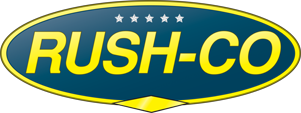Exploring the Benefits of Water Jet Cutting for Precision Stainless Steel Fabrication
The use of water jet cutting stainless steel has revolutionized the manufacturing industry, offering unparalleled precision and efficiency. According to a report by Research and Markets, the global water jet cutting machine market is expected to reach USD 1.67 billion by 2026, growing at a CAGR of 7.8%. This technology enables manufacturers to produce intricate designs and components with minimal material wastage and reduced thermal distortion, which is crucial for maintaining the integrity of stainless steel. In addition, a study published by the Journal of Materials Processing Technology highlighted that water jet cutting can achieve tolerances of ±0.10 mm, thus meeting the stringent demands of sectors such as aerospace, automotive, and medical device fabrication. As industries continue to seek innovative solutions to enhance production efficiency and sustainability, water jet cutting emerges as a vital technique in precision stainless steel fabrication, blending advanced technology with cost-effectiveness.
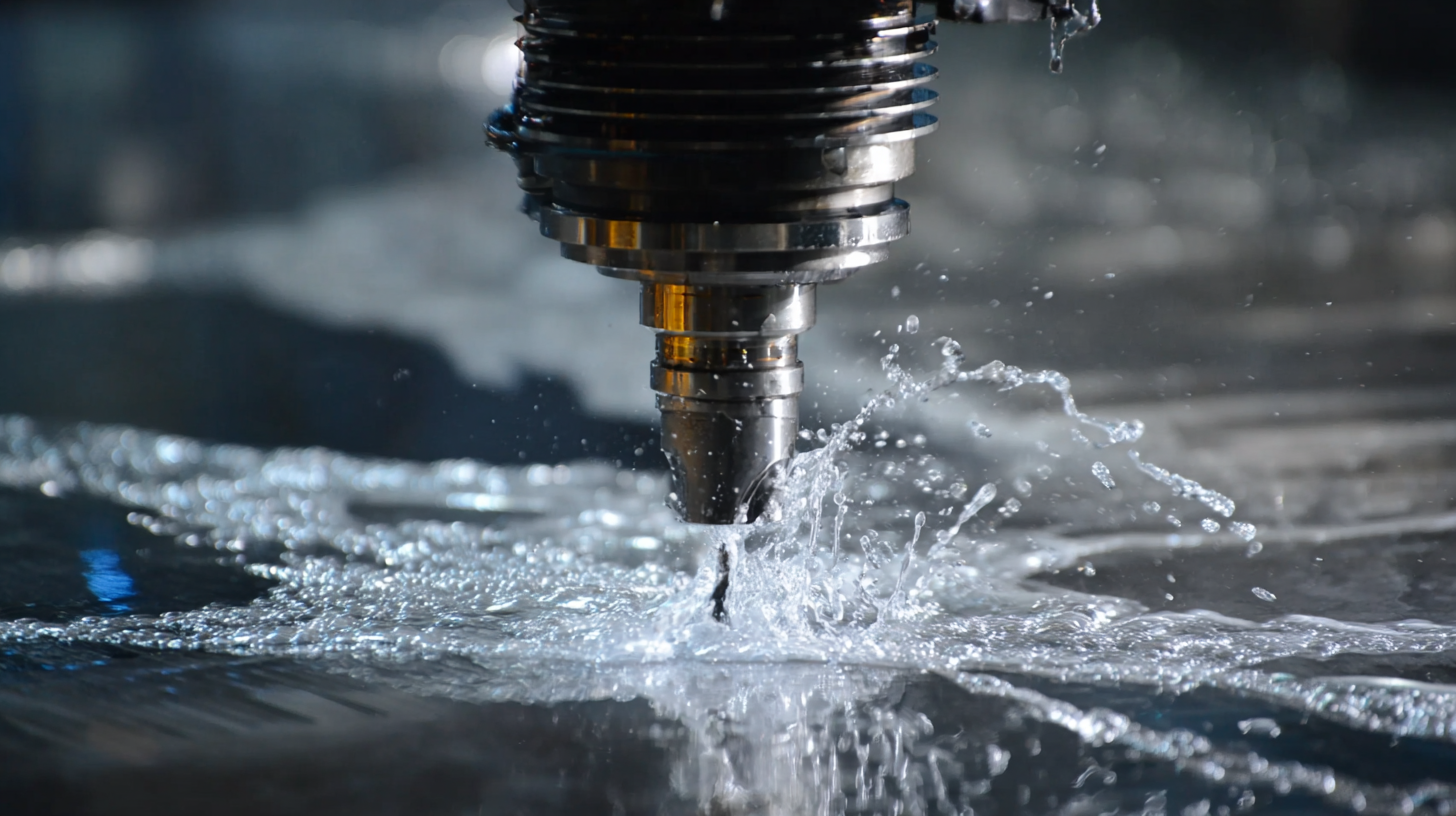
Understanding Water Jet Cutting Technology in Stainless Steel Fabrication
Water jet cutting has revolutionized the landscape of precision stainless steel fabrication, offering unique advantages that traditional cutting methods cannot match. This technology employs high-pressure water mixed with abrasive materials to achieve intricate cuts with minimal thermal distortion. According to a report by the Fabricators & Manufacturers Association, nearly 70% of metal fabricators cite improved accuracy as a primary benefit of water jet systems. This precision is crucial in industries such as Aerospace and Automotive, where small tolerances can impact the functionality of components.
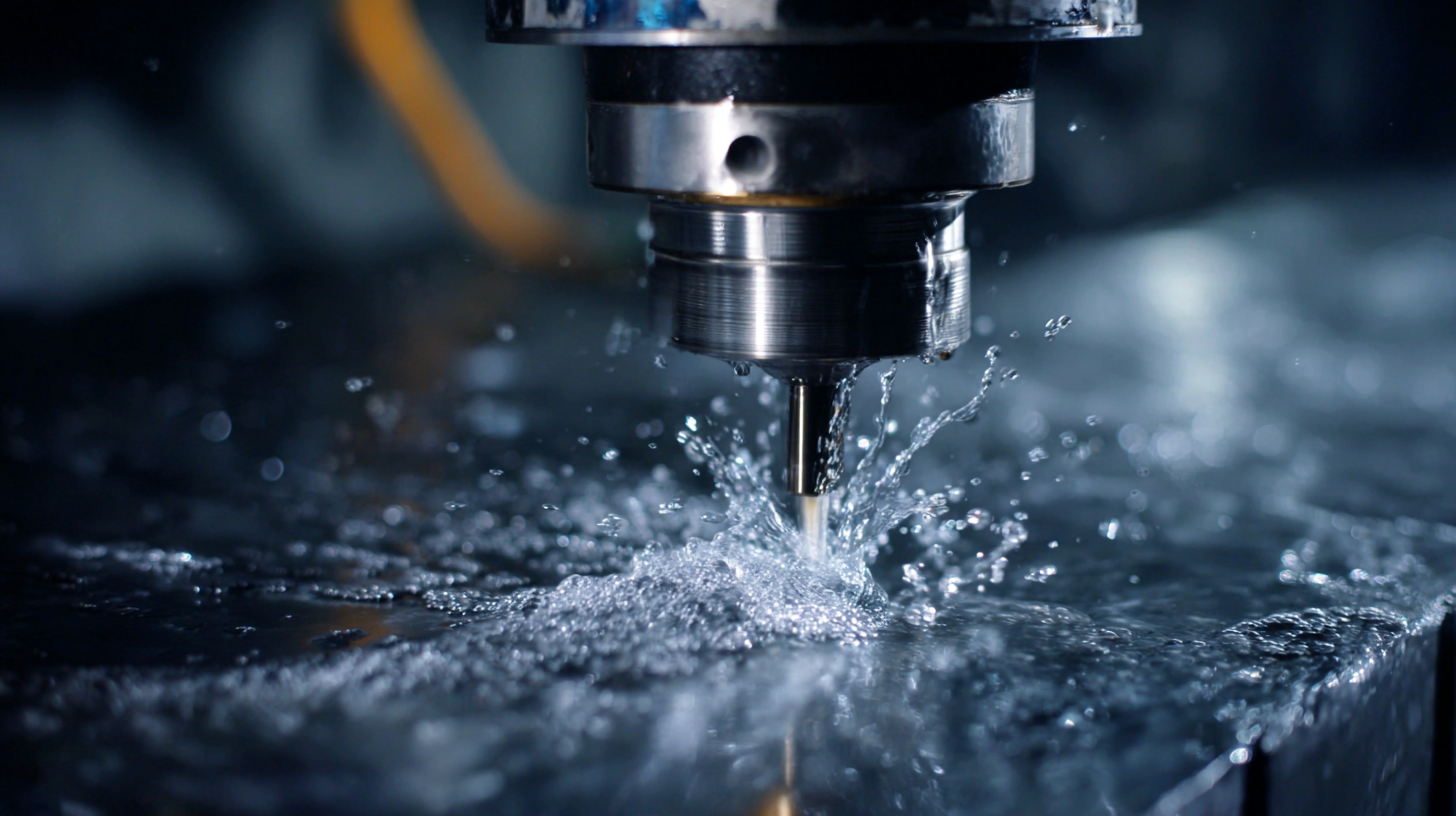
Beyond accuracy, water jet cutting is renowned for its versatility and environmental benefits. The process can seamlessly cut through various materials, including metals, plastics, and ceramics, without generating harmful emissions. Data from the American Water Jet Cutting Association indicates that this method can reduce waste by up to 30% compared to traditional cutting techniques. Furthermore, the absence of heat-affected zones ensures that the structural integrity of stainless steel remains intact, making it a preferred choice for fabricators aiming to enhance product quality while adhering to sustainability practices.
Key Advantages of Water Jet Cutting for Precision Applications
Water jet cutting has emerged as a leading method for precision stainless steel fabrication, offering several key advantages that make it ideally suited for intricate applications. One of the primary benefits is the ability to achieve outstanding accuracy without the need for expensive tooling. This method utilizes a high-pressure stream of water mixed with abrasive particles, allowing it to cut through various thicknesses of stainless steel with exceptional detail. Additionally, water jet cutting produces a clean edge, minimizing the need for post-processing work, which is crucial in maintaining the integrity of high-quality stainless steel components.
**Tips**: When considering water jet cutting for your stainless steel projects, ensure that you select an experienced operator who understands the intricacies of the material. Properly calibrating the cutting pressure and choosing the right abrasives can significantly enhance the finish and reduce production time.
Another advantage of water jet cutting is its versatility. This technique is not limited to just stainless steel; it can cut through a range of materials, including glass, stone, and composites. This makes it an ideal choice for fabricators who require flexibility in their projects. The cold cutting process of water jet eliminates thermal distortion, preserving the mechanical properties of the material, which is vital for industries that demand high structural integrity.
**Tips**: Always evaluate the thickness and type of material before selecting the water jet cutting method, as this will impact both the cutting speed and the precision of the final product. Additionally, consider your project's overall design, as water jet cutting allows for complex shapes that traditional cutting methods may struggle to achieve.
Comparative Analysis: Water Jet Cutting vs. Traditional Cutting Methods
 Water jet cutting has emerged as a highly effective method for
precision stainless steel fabrication, especially when compared to traditional cutting techniques.
One of the most significant advantages of water jet cutting is its ability to produce intricate designs
without the heat-affected zones that often accompany methods like laser or plasma cutting.
This means that the material's integrity is preserved, preventing warping or changes in microstructure,
which are crucial in applications requiring tight tolerances.
Water jet cutting has emerged as a highly effective method for
precision stainless steel fabrication, especially when compared to traditional cutting techniques.
One of the most significant advantages of water jet cutting is its ability to produce intricate designs
without the heat-affected zones that often accompany methods like laser or plasma cutting.
This means that the material's integrity is preserved, preventing warping or changes in microstructure,
which are crucial in applications requiring tight tolerances.
In contrast, traditional cutting methods may involve higher levels of stress on the material and can lead to
unwanted surface changes. Techniques such as mechanical saw cutting can introduce burrs and
require additional finishing processes, which add time and cost to the overall project.
Water jet cutting, on the other hand, offers a clean edge and reduces
the need for secondary operations, streamlining the fabrication process. Additionally, water jet technology is
versatile and eco-friendly, utilizing natural materials for cutting while
generating minimal waste, making it a superior choice for modern manufacturing environments focused on
precision and sustainability.
Applications of Water Jet Cutting in Various Industries
Water jet cutting has gained significant traction across various industries, primarily for its ability to provide precision in stainless steel fabrication. This technology utilizes high-pressure water mixed with abrasive materials, allowing for intricate cuts and shapes without altering the material properties. Industries such as aerospace, automotive, and architecture benefit tremendously from water jet cutting. For example, in aerospace, components with complex geometries can be cut accurately, ensuring lightweight and strong structures.
Tips: When considering water jet cutting for your project, ensure that the service provider has the right equipment and expertise for the specific stainless steel thickness you are using. Additionally, review their past projects to gauge the quality of their work.
In the automotive sector, water jet cutting enables the production of custom parts and prototypes swiftly, aiding manufacturers in developing innovative designs. Moreover, in the architectural realm, it can create decorative elements with unmatched precision, allowing for unique patterns and textures in stainless steel façades. This versatility makes water jet cutting an invaluable tool across multiple applications.
Tips: Always communicate your project specifications clearly to the cutting provider to achieve the best results. When possible, request sample cuts to test the quality and accuracy before committing to a larger order.
Exploring the Benefits of Water Jet Cutting for Precision Stainless Steel Fabrication
Future Trends in Water Jet Cutting Technology for Enhanced Precision
As water jet cutting technology continues to evolve, it stands on the brink of significant advancements that promise to enhance precision in stainless steel fabrication. Future trends indicate that the integration of artificial intelligence will play a crucial role in optimizing cutting parameters and improving efficiency. By utilizing machine learning algorithms, systems can analyze previous cutting jobs, thereby adjusting pressure and speed in real-time to achieve superior accuracy and repeatability.
Moreover, advancements in automation will facilitate more streamlined operations. Automated systems could allow for real-time monitoring and adjustments, which will drastically reduce human error and increase throughput. Coupled with innovative materials and nozzle designs, these improvements suggest a future where water jet cutting will not only maintain its status as a leading method for precision cutting but will also expand its capabilities, offering even greater versatility in various applications. The convergence of these technologies points towards a more efficient and precise future for stainless steel fabrication.
Related Posts
-
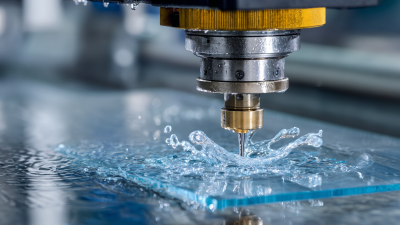
Maximize Precision and Efficiency with Local Water Jet Cutting: The Future of Material Processing
-
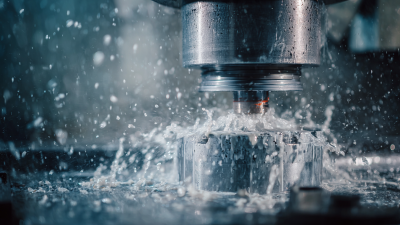
The Future of Cutting Technologies Exploring the Benefits of Water Jet Abrasive Systems
-

The Ultimate Guide to Choosing the Right Disk Mower for Your Lawn Care Needs
-

The Future of Precision Manufacturing with Waterjet Cutting Technology in Utah

